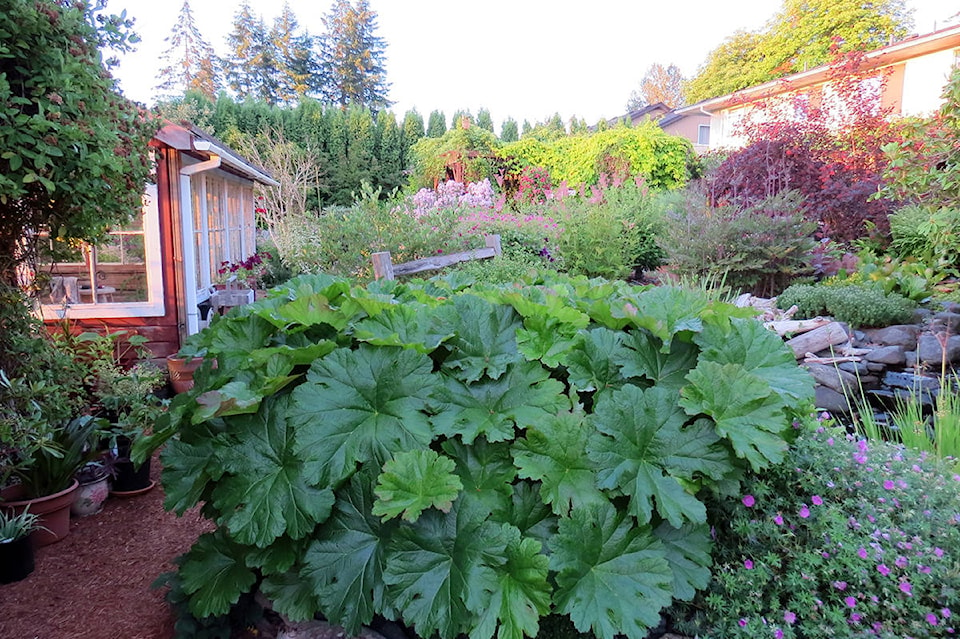It is amazing how fast things can change in just a short time. When I wrote my last column there were less than 150 cases of COVID-19 in Canada. On April 2, the country surpassed the 10,000 mark. And the rest of the world is just as crazy. Thank goodness for gardens!
John and I are very lucky to have property large enough to satisfy our addiction for plants, although there are days when we question our sanity at putting in such an extensive garden. But it keeps us busy so our minds are not dwelling too much on the global pandemic situation.
It is hard not to get excited at the sight of colourful bulbs dotting the landscape. And each new day showcases more buds erupting out of the ground at alarming speed, in spite of the morning frosts.
This week in our garden there are clumps of both yellow- and white-flowered primula vulgaris in bloom and the purple-flowered ones are starting to open. Blazing bouquets of blue hepatica nobilis flowers - commonly called liverwort - are positively popping amongst the primulas. And holding court over all of this early spring beauty are the hellebores; still resplendent as they near the end of their bloom period.
I should also add a note here on the hepaticas. They are a positive bee magnet this early in the season. Almost without exception throughout the day, I can spot at least one bee face-first in a flower as I walk past.
Moving around the garden beds as we attend to spring garden chores, leaf buds are duly noted on tree peonies and roses. Bright red noses of herbaceous peony stems are poking just above soil level, as are the variegated stems of lysimachia puncatata ‘Alexander’ and the red of euphorbia griffithii ‘Fireglow.’
Granted the latter two are often considered to be somewhat of a thug in the garden but to my mind, this early in the spring their colourful stems are a welcome sight. Enjoy them for their cheerfulness, for a while at least, and if you determine the clump is taking up too much real estate, they are easy to remove before they both grow much taller.
But I have noticed the bulging rhizomes of Darmera peltate (umbrella plant) have made their way to the edge of the rock wall of their bed. This is not a good sign as this is a “dry-stack” rock wall… only held together with sedums and strawberry plants. It would not take much of a push from this large plant to knock the wall over.
In another bed, thankfully not held up with a dry-stack rock wall, another exuberant plant is also waking up. Acanthus spinosus, or bear’s breeches, is a stunning plant with deeply lobed green leaves tipped with spines and four-foot spires of purple hooded, snapdragon-like white flowers. It attracts bees but be forewarned, once planted in the garden, you will have it forever.
Hmmm, interesting how my mind has worked its way around to talking about a couple of plant thugs given the virus thug which currently has our planet in its grip. Perhaps there is a lesson of sorts here.
We sometimes inadvertently introduce plants to our garden that take over but if we practise due diligence with these plants, they can be kept under control. Seems to me, the same is very true of COVID-19. All it takes is due diligence.
Have hope. It is spring after all. And if you do not have a garden - either indoors or out - take heart. There are all kinds of virtual garden groups on Facebook who are happy to accept new friends. I just joined the “Gardening on Vancouver Island” FB group.
